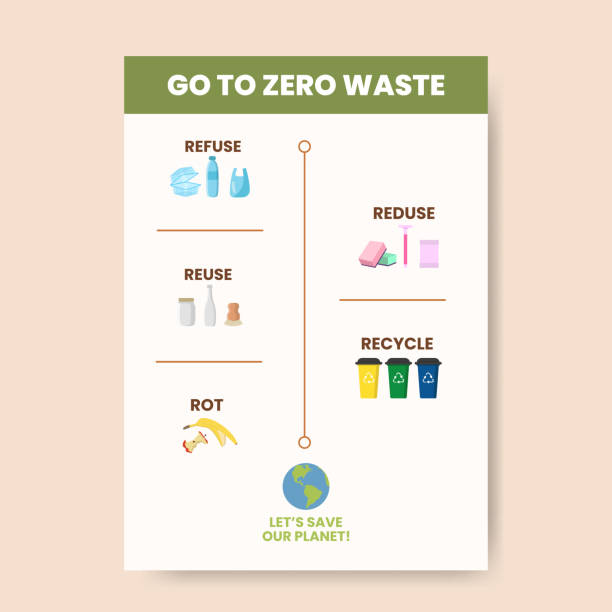I coordinate Science Rendezvous Kingston, the Director of Queen’s University’s Education Community Outreach Centre. Science Rendezvous is Canada’s largest pop-up science, technology, engineering, and mathematics festival. I develop mathematics content for two educational children’s programs: The Primitive Radicals and MathXplosion. I’ve created two provincial toolkits about inspiring kids to love learning and choose mathematics. I am also the “mathtalk” consultant for Mathematics StoryTime.
Since the 1970s, I have been working to involve parents. Schools and families have a lot to learn and share. The schools have a formal understanding of curriculum, assessment, and evaluation. Parents know what their children are motivated by, and they have a good idea of what skills and interests they possess.
Home science doesn’t have to be intimidating. You can start by planting seeds or collecting leaves and insects with your child. (Shutterstock)
They do this by a href= “http://doi.org/10.1080/01443410903353302”>sparking student interest/a> and a href= “https://www.nap.edu/catalog/12190/learning-science-in-informal-environments-people-places-and-pursuits”>providing opportunities to broaden and deepen engagement in STEM content/a>. This is done by igniting the interest of students and offering opportunities to deepen and expand student engagement with STEM content.
Science at home can be beneficial.
Evidence suggests that OST activities enhance and strengthen STEM learning in schools by reinforcing concepts and practices taught during the school day. These experiences can take place in museums, after-school programs, science and tech centers, libraries, and aquariums.
OST experiences promote an appreciation and interest in STEM subjects in school and daily life. They allow learners to understand how science is relevant to their daily lives, its depth and breadth, and the experience of being a scientist in the real world.
(Shutterstock)
No surprise, then, that researchers and educators in informal science education are actively reaching out to parents and asking them to enthusiastically support and encourage their children’s learning of science at home, school and within the community.
A STEM mentor can be any parent
The parents are the first and most influential teachers of their children. Their values, beliefs, and actions have a huge influence on the educational decisions and achievements of their children. Parents who show enthusiasm and interest in STEM subjects benefit their children both academically and attitudinally.
When parents emphasize that STEM subjects are important and they believe their children should study them, this positively influences the way they view these subjects. They also support their child in achieving academic success.
A mother and her daughter attend Science Rendezvous Kingston 2017 (Garrett Elliott), Author provided
Informal STEM learning takes place outside of school when parents and their children explore science in a fun way. Short, high-quality interactions between parents and children about STEM can have a profound impact on how children perceive STEM subjects.
In one study, for instance, it was found that after using a mobile application to introduce a bit of math at home, the math skills of elementary school students improved within months. The improvements were the most dramatic for families where caregivers admitted to being anxious about math.
Books, leaves and bugs
Parents who actively participate in experiments at the kitchen sink become STEM mentors. Parents who help their children categorize specimens by helping them to create a leaf or bug collection, and then take it a step further by collaborating with them to do so using an illustrated website are demonstrating what scientists do.
(Shutterstock)
Parents who read to their children a book about science, like The way things work, then pull out a can opener and take a closer inspection are modeling learning.
Parents can encourage STEM literacy by watching age-appropriate TV together, such as Sid The Science Kid or Project Mac2.
Two simple experiments you can do at home using household items.
Experiment 1: Rolling, Rolling, Rolling
To make, you will need an empty soda can and an inflated balloon. You’ll also need one head of human hair.
Instructions:
Lay the can flat on its side (a table or even a smooth surface will work).
Rub the balloon in your hair.
Hold the balloon near the can, but without touching it.
The can should roll toward the balloon without contacting it!
How does it work? When you rub the balloon in your hair, small, invisible particles (electrons) with a negative charge build up on the surface, creating static electricity. These electrons can pull light objects towards them (like the soda bottle).
Experiment #2: Blow up a balloon with no blow
To make it, you will need a balloon, 40 ml water (a cup has about 250 ml, so it’s not much), a bottle of soft drink, a straw, lemon juice (or vinegar and two teaspoons), and baking soda.
Instructions:
Stretch the balloon.
Pour 40 ml water into the soft drinks bottle.
Stir the baking soda with a straw until it dissolves.
Pour in the lemon juice or vinegar and place the balloon quickly over the mouth.
Your balloon will inflate if everything goes according to plan!
What is the reason for the reaction? The lemon juice and baking soda react chemically. When the baking soda and lemon juice are combined, they produce carbon dioxide gas. The gas is trapped in the balloon when it rises through the bottleneck.



